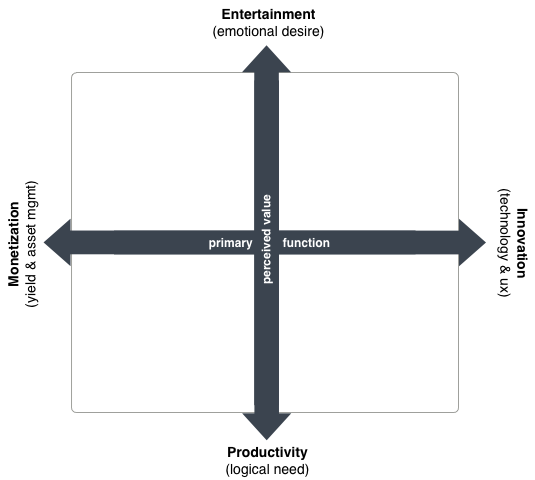What is Product Positioning?
Product positioning is an attempt at creating in the minds of customers the right perceptions about your product, including showing how it differs from rival offerings. You could think of it as a process of presenting your product in the best light to users.
This technique is mainly about two things: highlighting the unique value of a product and showing how it is different from or better than alternatives. It is a critical part of a marketing plan. The ideal practice is to come up with a product positioning statement after sorting out the positioning strategy. This will disclose or describe the target users and why the product should interest them.
Why is it Important?
Positioning is essential for the work of marketers. It drives effective communication to the target audience by providing valuable groundwork. It sets the tone for how you will convince customers about the value of what you’re offering.
There aren’t many products that will be useful to every person. This is why it is important to zero in on the segment you think is more interesting or relevant. You then decide what will appeal to your identified audience.
Product positioning helps you to ensure that you’re sending out the right message to your target segment. It offers an opportunity to emphasize qualities that are more exciting to your customers. It lets users understand why your product is better for their needs than alternative solutions.
How to Approach Product Positioning
Product Vision and Product Mission are two of the important inputs you need for developing your positioning. You’d also need to understand your target audience and their needs or problems, among others.
Therefore, the following are some key steps to follow when looking to fashion your product positioning:
Empathize with your target audience – Who are your customers? What are their pain points? Figure out the right personas and understand their problems through quality research to encourage empathy.
Study the competition – Dissect the market to learn about alternatives available to customers. Learn about your competitors (both direct and indirect) so that you can figure out what to do differently.
Evaluate your product – Look inward to determine where you excel and where you need to do better. Why would a buyer choose your product over an alternative?
Decide emotional response – Finally, determine the sort of emotional reactions you hope to promote in customers. It is not enough to just point out the unique selling proposition (USP). Go further by doing things that help to connect to buyers emotionally and ensure they are left with a great feeling.
Differentiated Position
The Value Creation Plane created by Neal Cabage, provides a simple framework for thinking about how to differentiate your offering across 2 spectrums of value. The first is the primary function – does it help monetize or does it innovate and provide something new? The second is perceived value with logical needs such as productivity on one side and emotional value such as entertainment on the other.
The idea is to plot your competitors to see which quadrant they sit in, and to differentiate by moving to a different quadrant. For example, Apple took computers positioned as a productive innovation and repositioned computers as something entertaining and LinkedIn took social networks which are entertaining and made them productive by applying it to a business audience.

Product positioning is ultimately about how we create perceived value and differentiate a product so it is perceived as leading a new category rather than being just another competitor in an existing market. By positioning your product in this way, you can avoid direct competition pressures and delay commoditization pressures.